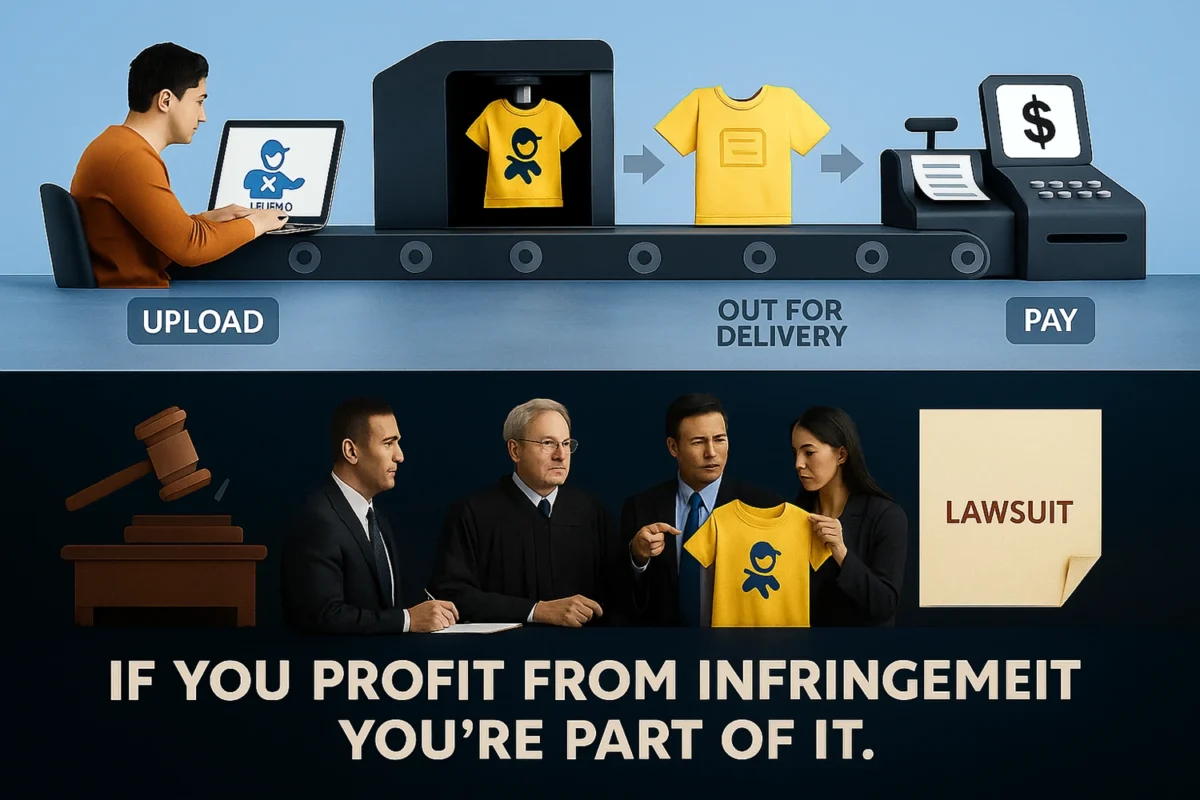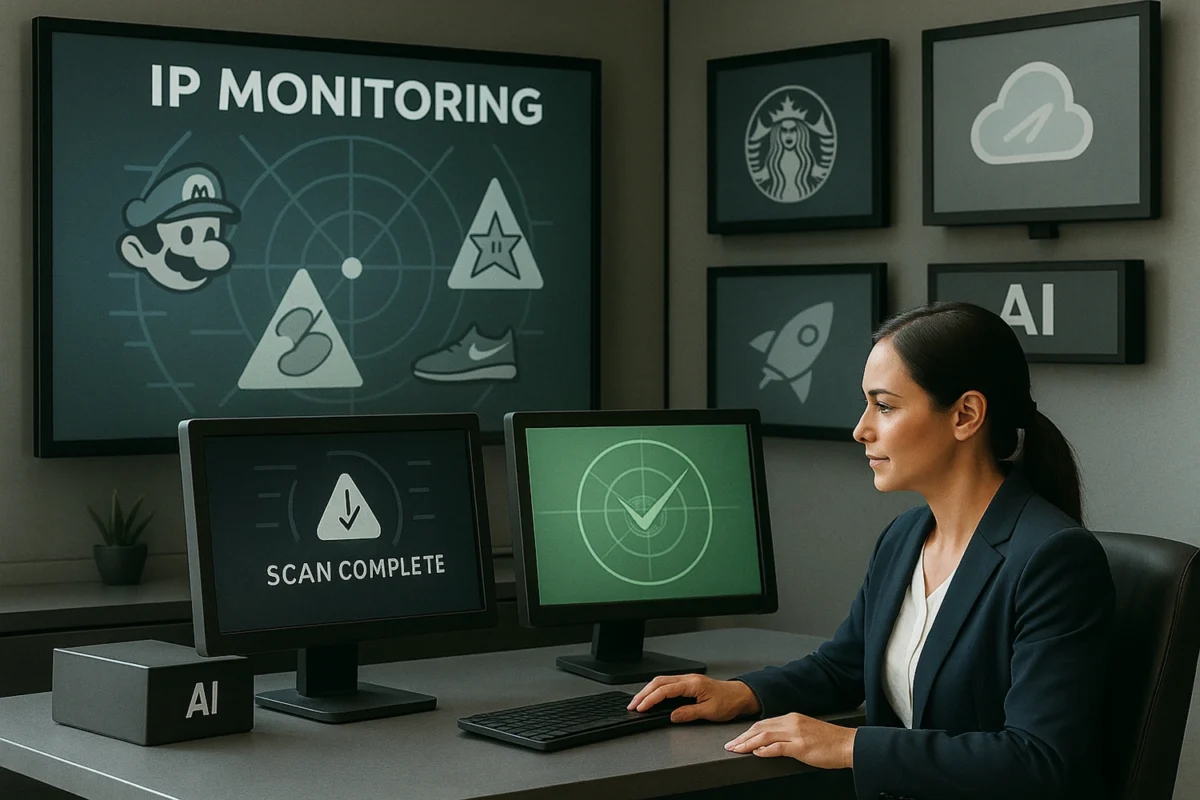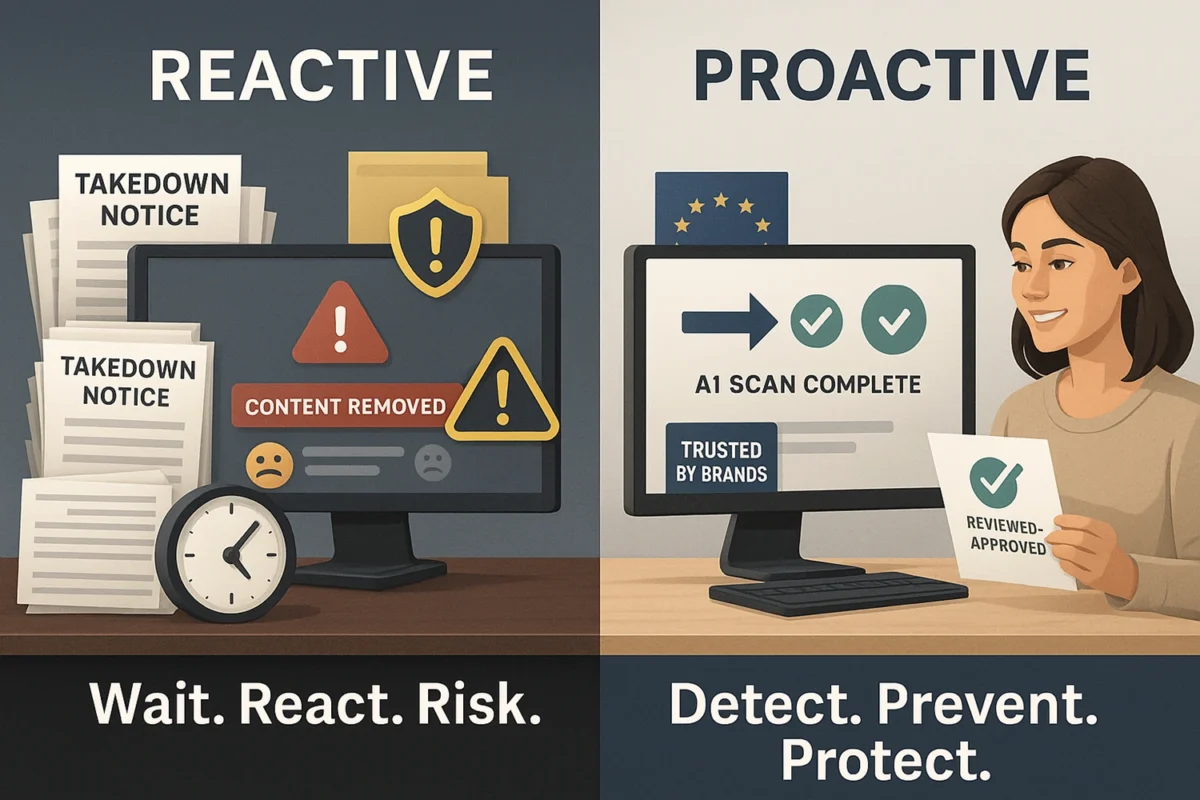IP Infringement Explained: What Platforms Need To Know
You’ve probably heard the term “IP infringement” used across legal docs, brand complaints, and trust & safety meetings. But what exactly does it mean—and why is it such a big deal for platforms?
IP infringement isn’t just about uploading a logo or stealing a design. It covers a broad spectrum of content issues, and understanding them is critical if your platform handles UGC, e-commerce, or creator-driven content.
Here’s what platform operators need to know about how infringement works—and how liability can sneak up when you least expect it.
1. What Is IP Infringement?
IP infringement happens when someone uses a protected work—like a logo, illustration, slogan, or product design—without the right to do so, in a way that violates the owner’s exclusive rights.
Infringement can happen across:
- Copyright (e.g., copying artwork)
- Trademark (e.g., selling a shirt with a confusingly similar brand)
- Design rights (e.g., duplicating the appearance of a product)
Intent doesn’t matter in most cases—it’s about whether the use violates legal protections, not whether the user meant to do harm.
2. Key Types of Infringement Relevant to Platforms
Direct Infringement
The user uploads, creates, or sells a product that contains IP they don’t own or license.
Contributory Infringement
The platform knows or should have known about infringing content and did not act. This is common in POD, marketplaces, and forums.
Vicarious Infringement
The platform benefits financially from infringement (e.g., commissions on sales) and has control over the activity.
Platforms can be liable even without uploading anything themselves.
3. Common Platform Infringement Scenarios
These are all high-risk situations—especially if the platform doesn’t have safeguards in place.
- A user uploads art of a Marvel character with altered colors
- A seller uses a brand’s slogan in a different font to avoid detection
- A product design mimics the look and feel of a patented or protected shape
- A platform’s algorithm recommends infringing listings to shoppers
4. Why Intent Doesn’t Always Matter and What “Willful Blindness” Really Means
Many creators argue: “I didn’t know it was protected,” or “I wasn’t trying to copy anyone.”
That’s irrelevant. Courts care about:
- Whether the work is substantially similar to protected IP
- Whether the platform took reasonable steps to prevent or remove it
- Whether the platform had “red flag knowledge” and failed to act
This is where the legal concept of willful blindness comes into play.
Willful blindness means a platform deliberately avoids confirming something they suspect is infringement.
For example:
- Ignoring obvious brand references in listings
- Turning off detection tools that could flag risky content
- Failing to review popular designs despite repeated brand takedowns
Courts treat willful blindness the same as actual knowledge—and it can strip you of Safe Harbor protections under laws like the DMCA.
Ignorance isn’t a defense. Proactivity is protection. If your data enables you to see risk and you choose not to look, you’re still liable.
5. What Platforms Should Do
These are some suggestions for platforms to reduce the chance that they are used for IP infringement:
- Educate users about what counts as infringement
- Use AI detection tools that go beyond logo scanning (e.g., context-aware vision)
- Implement fast, documented notice-and-takedown workflows
- Flag repeat offenders and enforce consequences
- Work toward proactive prevention, not just reaction
Know What You’re Hosting-Or Risk Owning the Risk
IP infringement isn’t just a user problem—it’s a platform problem. The more content you host, the more risk you carry—and the more critical it is to understand how infringement works.
With courts increasingly holding platforms accountable, tools like VISUA’s Infringio give you the visibility and context needed to detect infringement before it becomes liability.
Want to reduce your IP exposure with contextual visual AI and want to see how Infringio helps detect IP issues before they go live? Book a demo with VISUA today.
Disclaimer: Not Legal Advice
This content is provided for informational purposes only and does not constitute legal or professional advice. The information reflects our understanding as of the date of publication and may not apply to every situation or jurisdiction. You should consult qualified legal counsel for advice tailored to your specific circumstances. Any actions taken based on this content are at your own risk. Neither VISUA nor its affiliates accept liability for any losses or damages arising from the use of this information.
Book A DemoRELATED
Redbubble, Teespring, and the Lessons of IP Enforcement Failures
Reading Time: 3 minutesPrint-on-demand (POD) platforms empower creators to design and sell products without holding inventory. But with that power…
BlogHow AI Is Changing the Game in IP Enforcement
Reading Time: 2 minutesIP enforcement used to be simple: But today’s infringement landscape – especially for POD and UGC-heavy platforms…
BlogThe Future of IP Compliance – Proactive vs. Reactive Models
Reading Time: 2 minutesFor years, most platforms treated IP compliance as a reactive function: But the market – and the…
Blog


